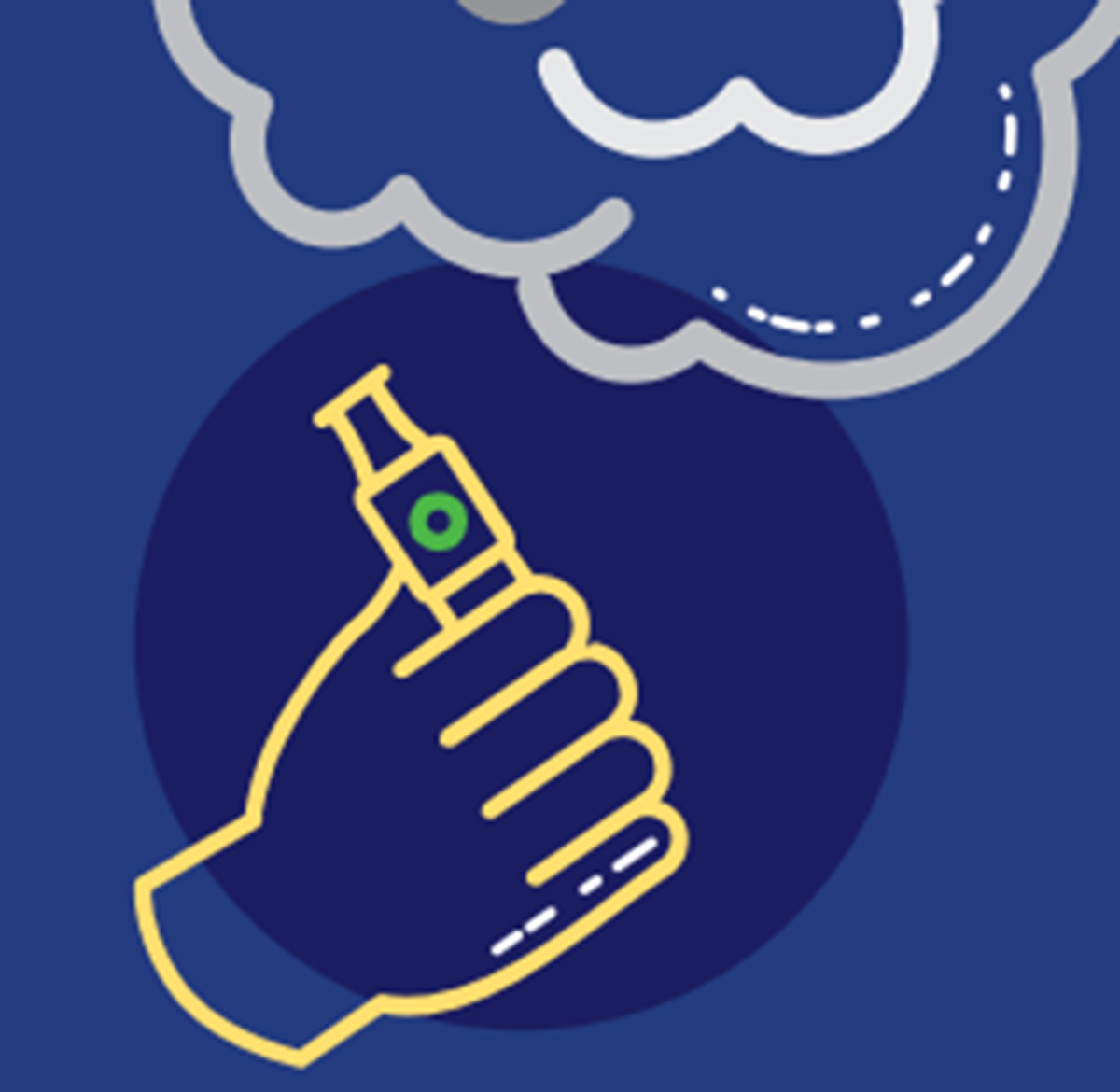Health

Vaping fact sheet for parents
Vaping causes serious health risks to young people. Since the mid-2010s, there has been a big rise in vaping among young people, including young people who have never smoked. In 2022–23, almost one-in-three Australian secondary school students had tried vaping. However, it’s important to remember that most young people do not regularly vape. Tobacco and vape companies are using social media to sell vapes to children and young adults. Young people see using vapes as normal and widespread among their peers.
Legality of vapes
- Vaping products, regardless of whether they contain nicotine, can only be legally sold to adults by pharmacies.
- All disposable vapes are illegal in Australia.
- The national laws about the legal sale and requirements for vaping products are explained on the Therapeutic Goods Administration website (tga.gov.au). States and territories also have their own regulations concerning vaping products.
- Adults who are thinking of using vapes to quit smoking need to discuss their options with their doctor or pharmacist.
Detecting vape use
- Vapes sold unlawfully come in all shapes and sizes. They can look like a highlighter, a pen or USB. Some are small enough to fit into a pocket or a pencil case. Taking off any cap to see if the item has a mouthpiece will reveal if it is a vape.
- Not all vapes release an aerosol that can be seen. The easiest way to know if people are vaping is by an unexpected smell in the air that comes from vape flavouring. Young people tend to be attracted to fruit or sweet flavours, however these sweet-smelling vape flavours are now illegal to sell in Australia. Young people tend to be attracted to fruit or sweet flavours; however, these sweet-smelling vape flavours are now illegal to sell in Australia.
Judy Buckley
College Nurse


